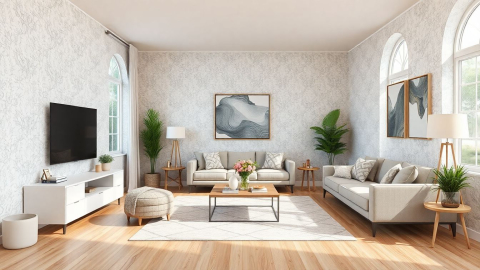The Evolution of Office Interior Design: Creating Productive and Inspiring Workspaces
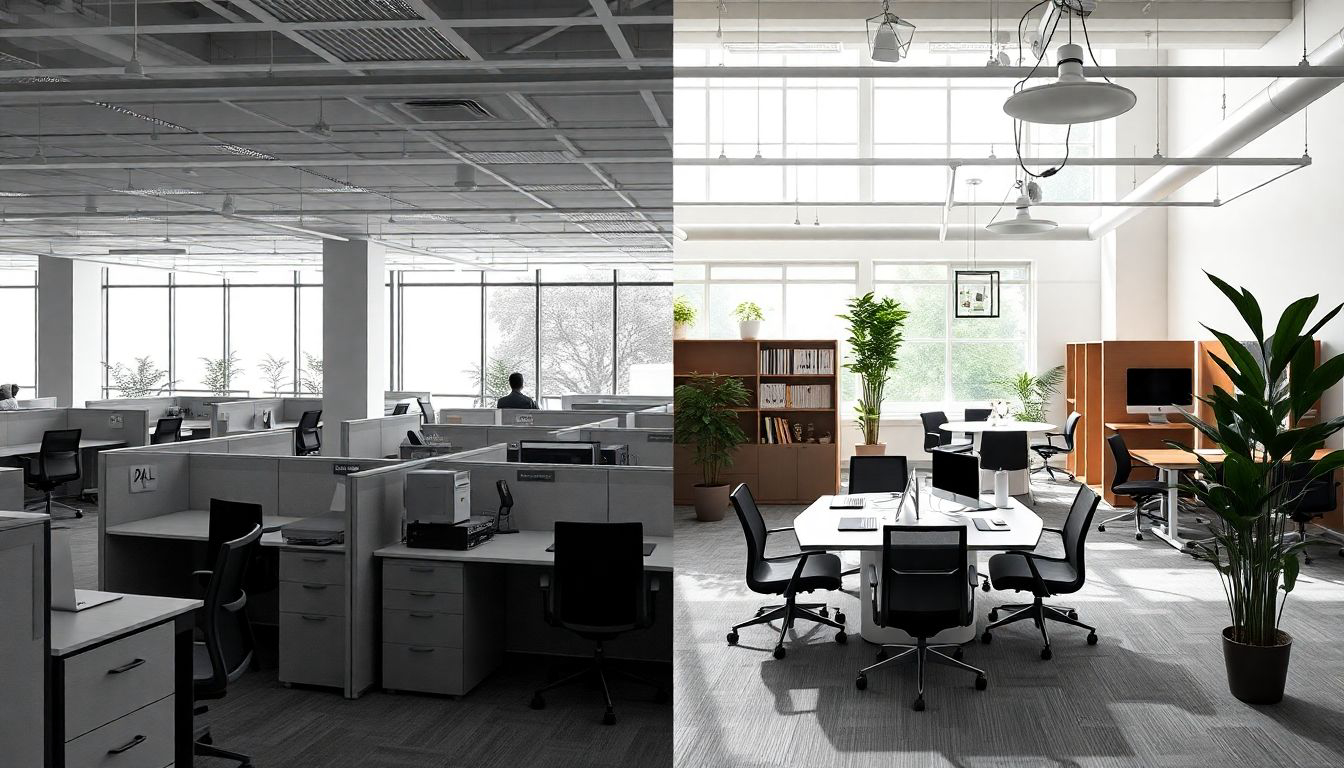
The modern office is no longer just a place to work; it's a dynamic environment that reflects company culture, fosters creativity, and enhances productivity. Over the past century, office interior design has undergone a remarkable transformation, adapting to changing work styles, technological advancements, and employee expectations. From the rigid cubicle layouts of the past to today's flexible and collaborative spaces, the evolution of office design mirrors the shifting landscape of work itself.
The Historical Journey of Office Design
1920s and 1930s: The Era of Efficiency
In the early 20th century, office design was all about maximizing productivity. Large, open floors filled with rows of desks resembled factory production lines, reflecting the scientific management principles of the time. The Johnson Wax administration building, designed by Frank Lloyd Wright in the 1930s, was a notable exception, pioneering an early model of open-plan design that emphasized innovation and modernity.
1940s and 1950s: The Rise of the Corporate Skyline
Post-World War II, office design became a statement of corporate power and progress. Skyscrapers like the Seagram Building in New York City epitomized the "international style," with their steel and glass facades symbolizing modernity and success. As architectural historian Paula Lupkin notes, "It pioneered the Americanization of the international style, which became the symbol of progress and modernity for corporations."
1960s to 1980s: From Open Plan to Cubicle Culture
The 1960s saw the birth of the "office landscape" concept, or Bürolandschaft, which aimed to create more egalitarian and flexible workspaces. This era also introduced the Action Office system by Herman Miller, which eventually evolved into the much-maligned cubicle. By the 1980s, cubicle farms had become synonymous with office life, offering a semblance of privacy in increasingly crowded workplaces.
1990s to 2000s: The Tech Revolution and Open Spaces
As the digital age dawned, office design once again shifted. The rise of personal computers and the internet led to more flexible work arrangements. Tech startups popularized open-plan offices with casual aesthetics, as seen in TV shows like "Silicon Valley." These spaces often included playful elements like beanbag chairs, foosball tables, and coffee bars, blurring the lines between work and play.
Contemporary Office Design: A Holistic Approach
Today's office design philosophy goes beyond mere aesthetics, focusing on creating environments that promote well-being, collaboration, and productivity. Let's explore some key elements of modern office interior design:
Natural Light and Biophilic Design
Research has shown that exposure to natural light improves workplace performance and workers' sleep quality. Large windows are now a staple of modern office design, with many companies opting for floor-to-ceiling glass to maximize daylight. Additionally, the integration of plants and other natural elements, known as biophilic design, has become increasingly popular.
According to Suzanne Carlson, a principle of interior design at NBBJ, "The physical setup of the space has quantitative beneficial effects." This includes improved cognitive function and reduced stress levels among employees.
Flexible and Collaborative Spaces
Modern offices often feature a mix of open areas for collaboration and quiet spaces for focused work. Hot desking, where employees don't have assigned seats, has become common in many companies. This approach allows for greater flexibility and encourages interaction between different teams.
Technology Integration
With the rise of remote work and global teams, technology has become an integral part of office design. Meeting rooms are now equipped with advanced video conferencing systems, while wireless charging stations and smart building technologies are becoming standard features.
Employee Well-being
Contemporary office design places a strong emphasis on employee health and comfort. This includes ergonomic furniture, standing desks, and dedicated areas for relaxation and exercise. Some companies, like Grammarly, have even incorporated napping rooms into their office designs to support employee well-being and productivity.
The Impact of Color and Acoustics
Color psychology plays a significant role in modern office design. Different colors can evoke various emotions and affect productivity. For example, blue is often used in conference rooms to promote communication and efficiency, while yellow might be chosen for creative spaces to inspire innovation.
Acoustic control has also become a crucial consideration in open-plan offices. Designers use a variety of techniques, from sound-absorbing materials to strategically placed plants, to manage noise levels and create a more comfortable working environment.
The Future of Office Design: Adapting to New Realities
As we look to the future, office design will continue to evolve in response to changing work patterns and societal trends. The COVID-19 pandemic has accelerated many existing trends, particularly the shift towards remote and hybrid work models.
Future office designs are likely to focus on:
- Flexibility: Spaces that can be easily reconfigured to accommodate different team sizes and work styles.
- Health and Safety: Increased emphasis on air quality, touchless technologies, and spaces that support physical distancing when necessary.
- Technology Integration: Seamless integration of digital tools to support both in-office and remote workers.
- Sustainability: Greater use of eco-friendly materials and energy-efficient designs to reduce environmental impact.
Conclusion: Designing for the Human Experience
The evolution of office interior design reflects our changing understanding of work and productivity. From the rigid, hierarchical spaces of the past to today's flexible, employee-centric environments, office design has come a long way. As we continue to navigate the complexities of modern work life, the focus will remain on creating spaces that not only look good but also enhance the human experience, foster creativity, and support well-being.
The office of the future will be more than just a place to work; it will be a dynamic ecosystem that adapts to the needs of its occupants, promotes collaboration, and inspires innovation. As architect and workplace design researcher Agustin Chevez aptly puts it, "The office is an invention. Because if the office has been invented, it can be reinvented."
As we move forward, the challenge for designers, architects, and business leaders will be to create workspaces that are not only functional and aesthetically pleasing but also deeply human-centric, fostering a sense of community and purpose in an increasingly digital world.
References and Further Reading
- 6 Office Interior Design Tips
- Choosing an office interior style
- LOOK: This Is The Ideal Office, According To Science And Design
- How to Design a Perfect Contemporary Office Environment
- Office Design Trends for 2019
- 74 Office Decor Ideas – Make Your Workplace Fun, Productive & Creative
- How offices looked in each decade of the last hundred years
- The Movie Lover's Guide to the Past—and Possible Future—of Offices
More Articles
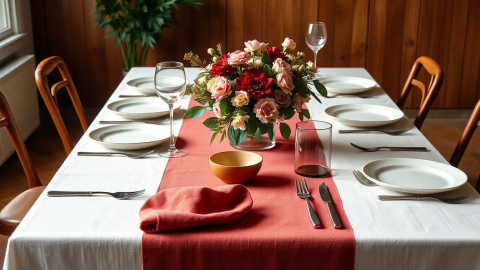
Elevating Your Dining Experience: The Art of Table Decoration
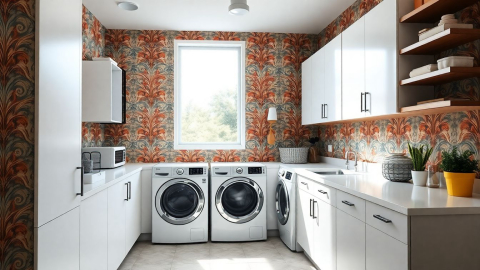
Transforming Your Laundry Room: Design Ideas for Style and Functionality
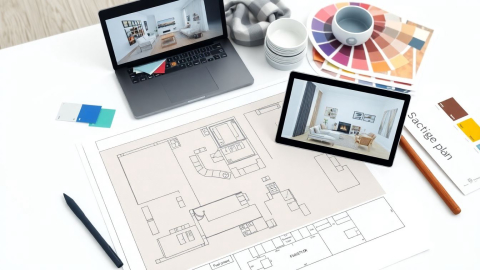
How to Start an Interior Design Business: A Comprehensive Guide for Aspiring Entrepreneurs
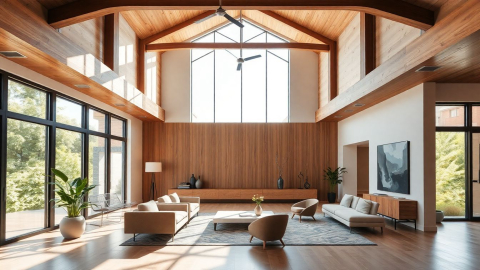
New York School of Interior Design: Shaping the Future of Aesthetics and Functionality
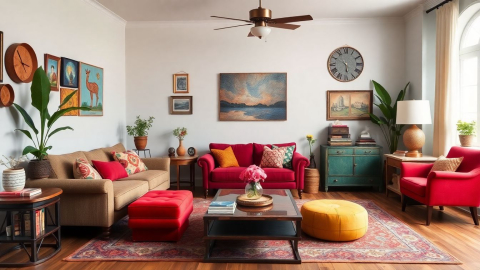
The Art of Eclectic Interior Design: Mastering the Mix
